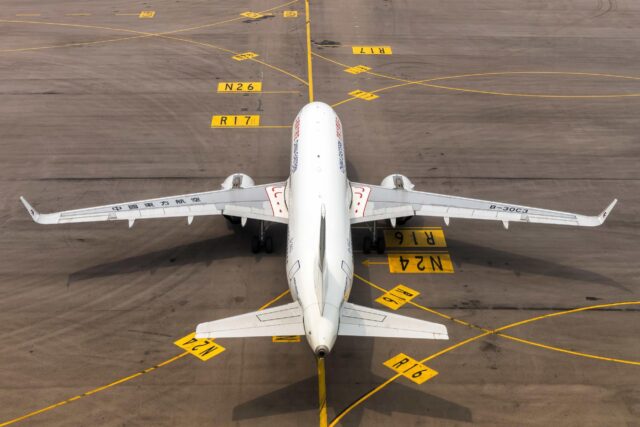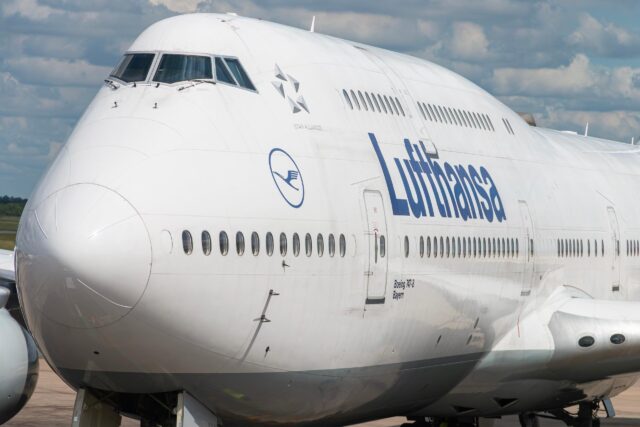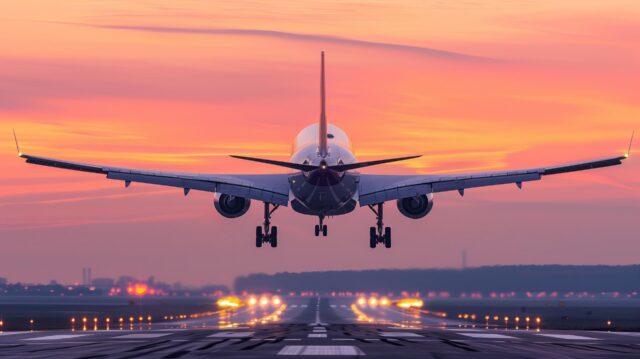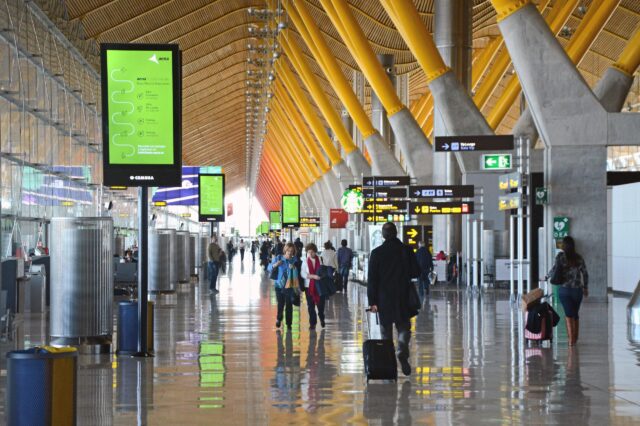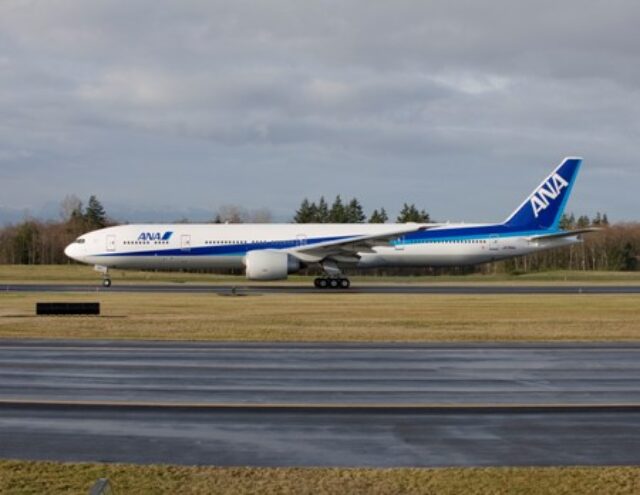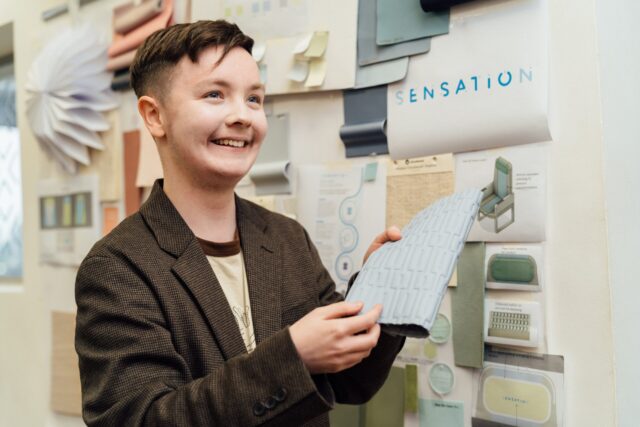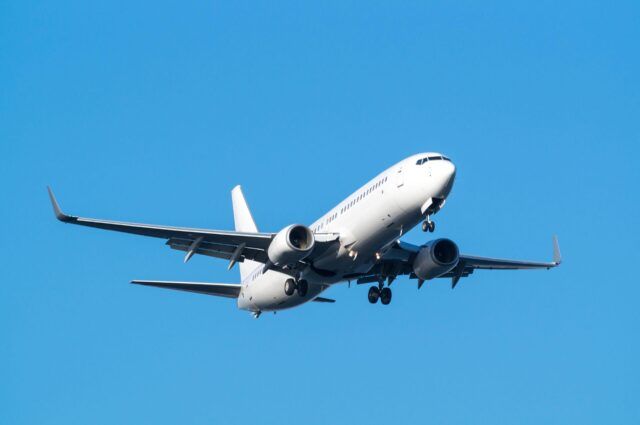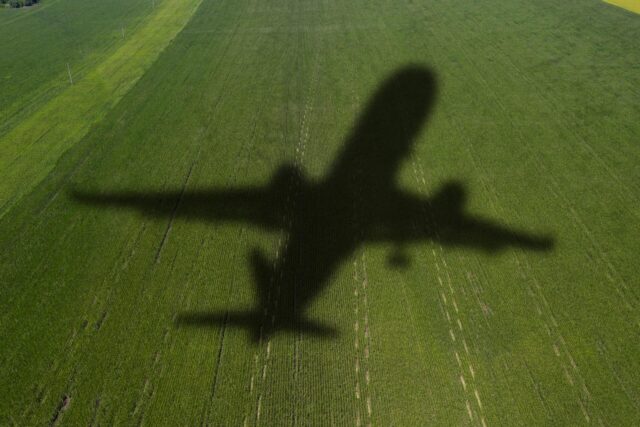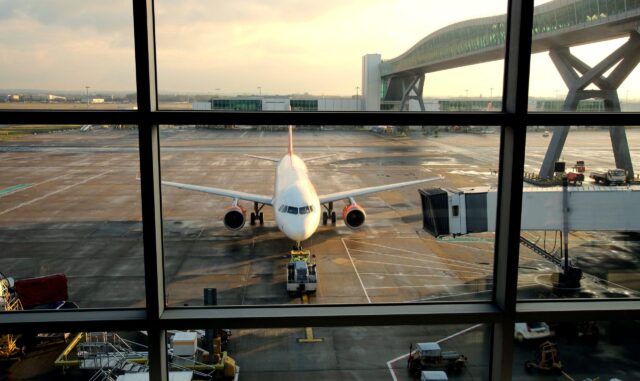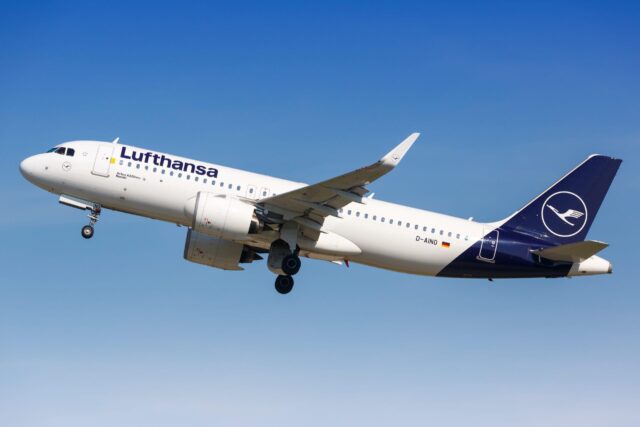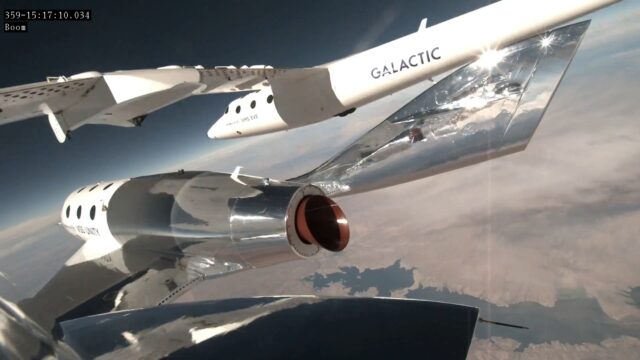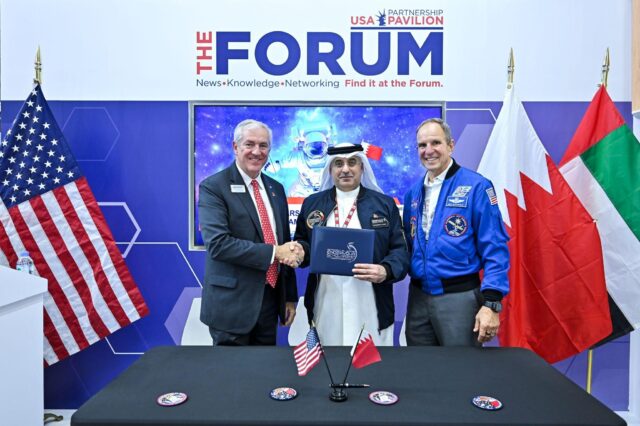US DoD to assess Radia’s outsized WindRunner cargo aircraft concept
May 9, 2025

The US Department of Defense (DoD) is to assess the operational potential of Radia’s ‘WindRunner’ cargo aircraft concept, a proposed 356 behemoth promising to offer around twelve times the volume of the Boeing 747.
Through a newly-signed Cooperative Research and Development Agreement (CRADA), the US DoD and Radia will assess the “feasibility and effectiveness of the of the WindRunner as a potential commercial carrier option support critical DoD logistics and transportation needs,” wrote the Colorado-based company. Insight gleaned from the evaluation could also serve the “broader civil and military oversized cargo market” as well as informing the aircraft’s suitability to move “critical military-unique cargo”.
With the 108m long leviathan originally designed around outsized wind turbine blades, speaking to Aerospace Global News in September 2024, Radia CEO and founder Mark Lundstrom explained that the aircraft WindRunner was designed to “move volume instead of mass”. However, alongside transporting blades up to 103m long, he suggested the aircraft could also be applicable as a form of fighter jet transportation.
Radia notes that the new CRADA partnership (specifically conducted with the US Transportation Command) will enable joint research efforts, data sharing and collaboration, informing future strategy decisions and operational planning. This could also include integration into the US Civil Reserve Air Fleet (CRAF), a conglomerate of civil airlines contractually committed to support US DoD airlift capacity during times of elevated demand.
Key areas of research will include “analyzing the WindRunner’s ability to transport various types of DoD cargo, including space launch materials, oversized equipment, and humanitarian aid,” elaborated Radia. Owing to the novel size of the proposed platforms, ground operations, airfield suitability and necessary infrastructure will also be studied.
Although Radia has not specified an intended service entry date, it nevertheless expects to have a “very vibrant business” before the end of the decade. Despite having attracted industry partners in the form of Aernnova, Leonardo and AFuzion, and an assembly site to be situated at at as-yet undisclosed US location, Radia has not yet started constructing an aircraft. Instead, wind tunnel analysis will precede the assembly of the inaugural full-scale unit, which will also be used to undergo certification testing.
